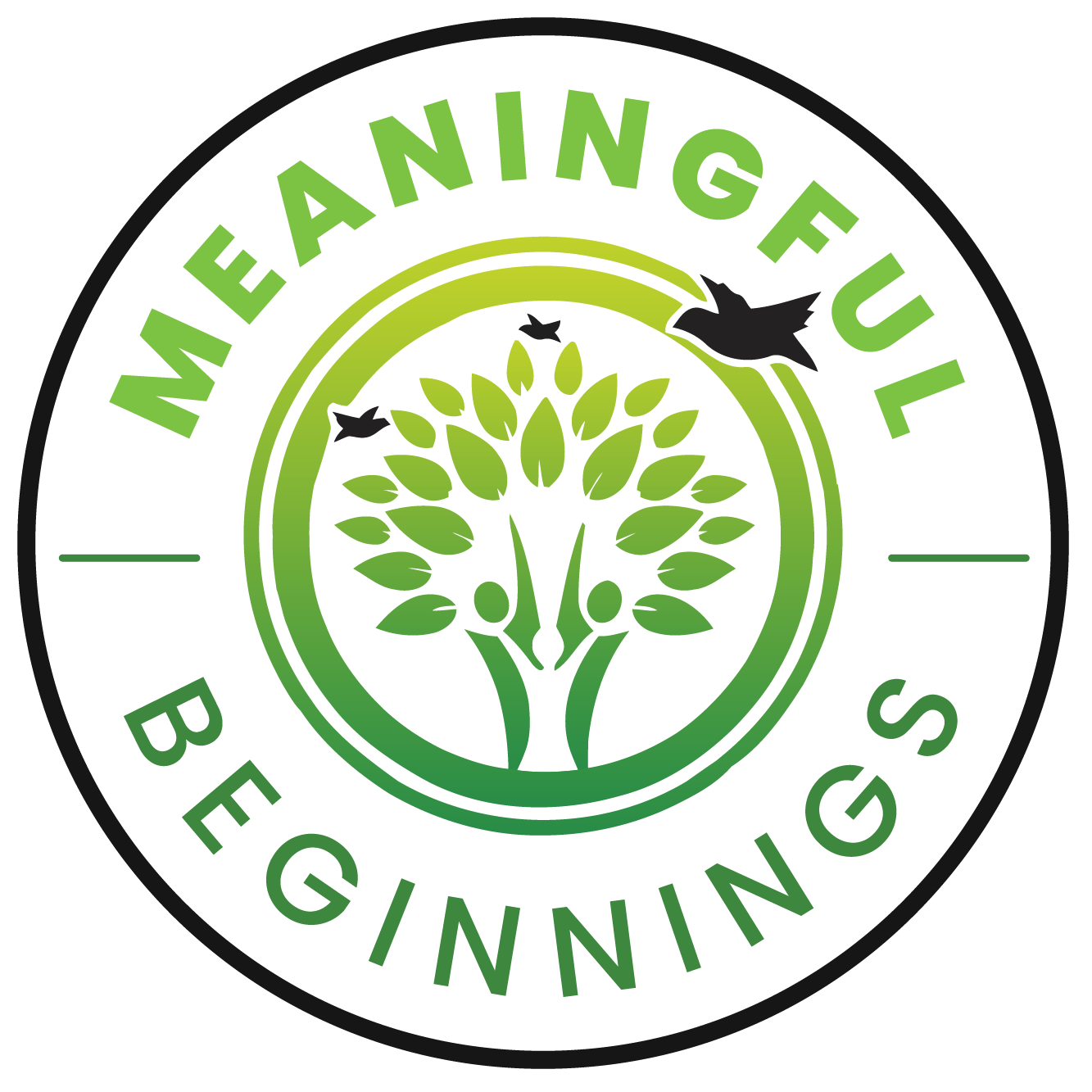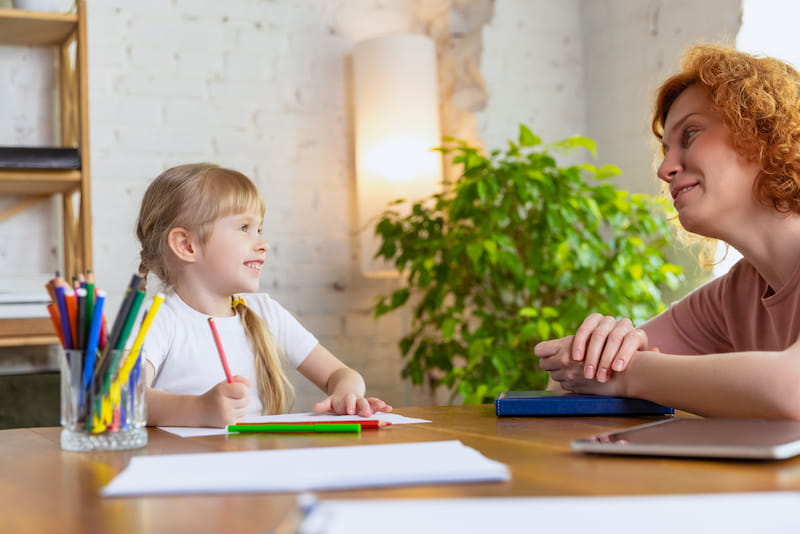Most parents want their children to be kind, caring people. One of the best ways to achieve that is to teach empathy at a young age. Empathy is the ability to understand someone else’s feelings. It’s not just about knowing what someone else is feeling, but also being able to respond in a way that helps them feel better. Teaching empathy can help your child become more understanding and compassionate, and it can also lead to stronger relationships with others as they grow.
Check out these tips for teaching empathy to your child.
Teaching Empathy to Young Children
New parents are often surprised by how much their baby seems to understand. It’s not just that they can follow a simple command like “come here;” even young infants show signs of empathy. For example, if you pretend to cry, your baby will likely respond with sincere concern. This response demonstrates that your baby is beginning to understand your emotions and empathize with your feelings.
As your child grows, they will continue to develop their skills. For instance, they may start to comfort other children who are upset. They may also begin to take turns and share their toys with others. These milestones show that your child is learning how to empathize with others and understand their feelings. Ultimately, these skills will help them to develop into compassionate and caring adults.
New parents often worry about whether their child is developing normally. While every child is unique and develops at their own pace, some key milestones can give parents a general idea of how their child is progressing.
Key Milestones in Teaching Empathy
Empathy is a cornerstone of social-emotional development, and it lays the foundation for healthy relationships. Here are some key milestones in the development of empathy:
- Around 6 months old, babies begin to show concern when they see other people in distress. This is known as “shared distress.”
- Around 9-12 months old, babies begin to show signs of “shared enjoyment.” This means that they will smile or laugh when they see someone else enjoying themselves.
- By 18 months old, most babies can understand another person’s point of view and respond with appropriate emotions. For example, if a baby sees another child crying, they may comfort them or try to make them feel better.
- By 2-5 years old, toddlers can usually another person’s perspective and imagine how someone else might feel in a different situation. For example, if a toddler sees a friend who is sad because they don’t have any toys to play with, the toddler might offer one of their toys to their friend.
Understanding and showing empathy is an essential part of social-emotional development. These skills lay the foundation for healthy relationships and lay the groundwork for a lifetime of empathy and compassion.
Tips for Parents Who are Teaching Empathy
- Use pretend play.Talk with toddlers about feelings and empathy as you play. For example, you might have your child’s stuffed hippo say that he does not want to take turns with his friend, the stuffed pony. Then ask your child: How do you think pony feels? What should we tell this silly hippo?
- Validate big feelings. New parents often feel like they have to fix all their child’s problems or prevent them from getting upset. Instead, allow your child to feel their emotions and validate them. For example, if they appear upset after you told them they can’t do something you might try to walk them through the way they’re feeling and help them understand why they aren’t allowed to do something. “I know you’re upset because I turned off the TV and you love this show, but it’s time for dinner. It’s okay to feel upset. Will you come eat with us when you feel better?” Not only does this help strengthen your bond, but it helps your child learn to empathize with others when they have big feelings.
- Teach the value of an apology. We often tell children to apologize when they’ve done something wrong, but that doesn’t mean they comprehend what they did, why it was wrong, or what they are apologizing for. Before you tell your child to “Say I’m sorry!” explain how their action was wrong, what the effect was (made someone sad, damaged something, etc.), and how they can make it right.
- Be patient. Remember that feelings and emotions are very difficult for small children. They need you to guide them through life and explain things in a way they can understand. It will take time and your child will certainly make mistakes (you probably will, too!), but it’s okay. Really, we are all still learning how to be better every day.
Final Thoughts
We hope you found this post about teaching empathy to children helpful. It’s never too early to start developing these essential skills that will help them grow into caring and compassionate adults.
Even very young children can benefit from learning empathy. As parents, we are often our children’s first and most important teachers in life. By setting a good example and talking openly about emotions, we can help our kids learn how to be empathetic adults.
Meaningful Beginnings
Here at Meaningful Beginnings, empathy is at the core of our curriculum. We are sure to teach our students how to understand their feelings and care for others while they learn core educational concepts. Contact us today to learn more about how we practice empathy in our classroom.








